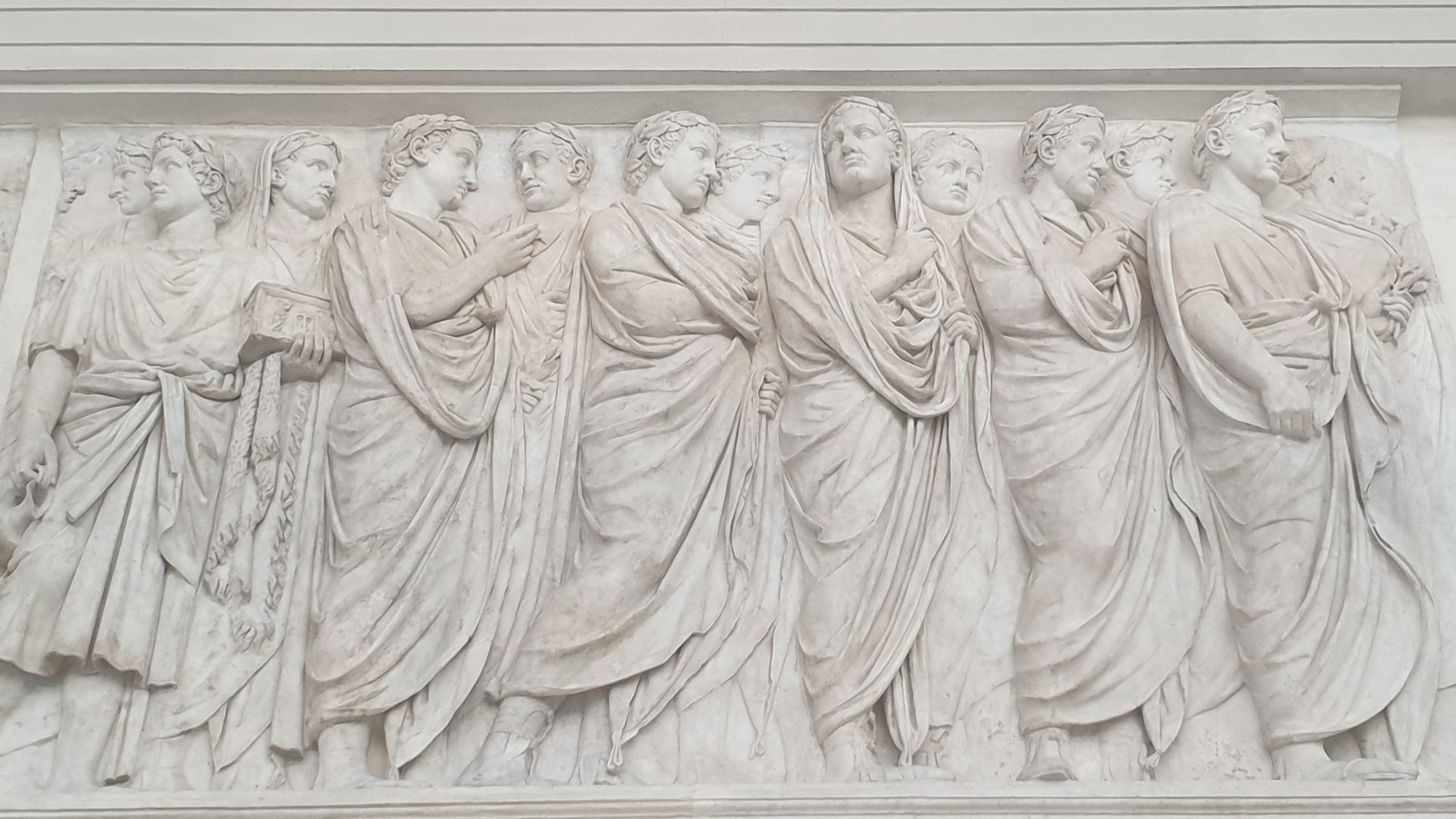Let’s start by taking a quick tour:
Bibliography:
This content is brought to you by The American Institute for Roman Culture, a 501(C)3 US Non-Profit Organization.
Please support our mission to aid learning and understanding of ancient Rome through free-to-access content by donating today.
Cite This Page
Cite this page as: Darius Arya, The American Institute for Roman Culture, “Ara Pacis Museum” Ancient Rome Live. Last modified 04/18/2020. https://ancientromelive.org/ara-pacis-museum/
License
Created by The American Institute of Roman Culture, published on 04/17/2020 under the following license: Creative Commons: Attribution-NonCommercial-ShareAlike. This license lets others remix, tweak, and build upon this content non-commercially, as long as they credit the author and license their new creations under the identical terms. Please note that content linked from this page may have different licensing terms.



